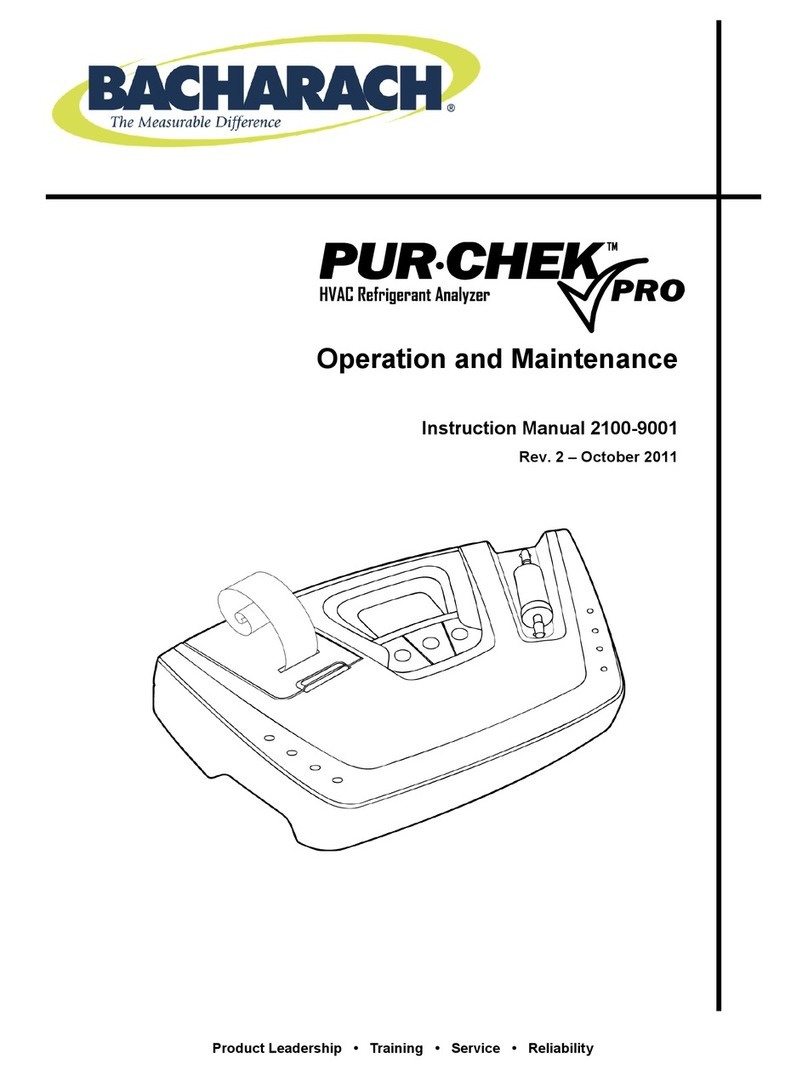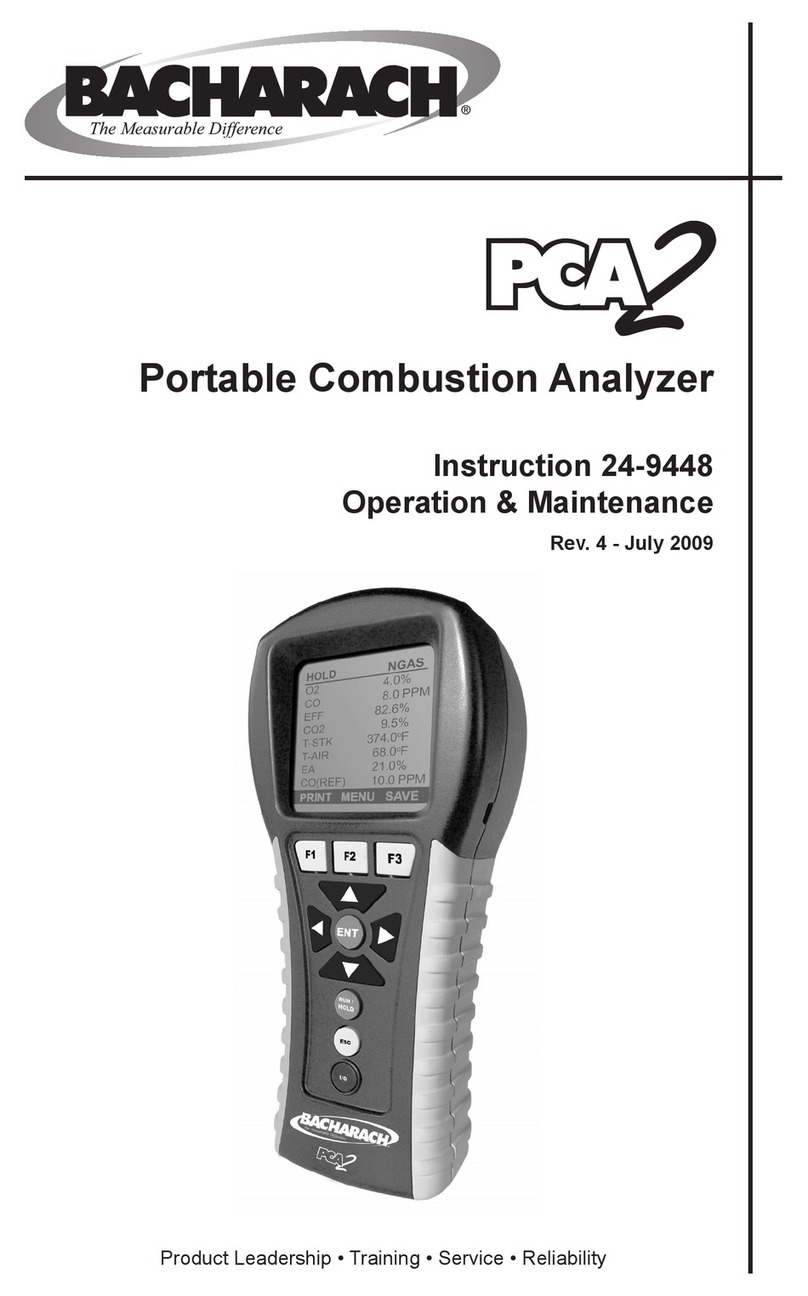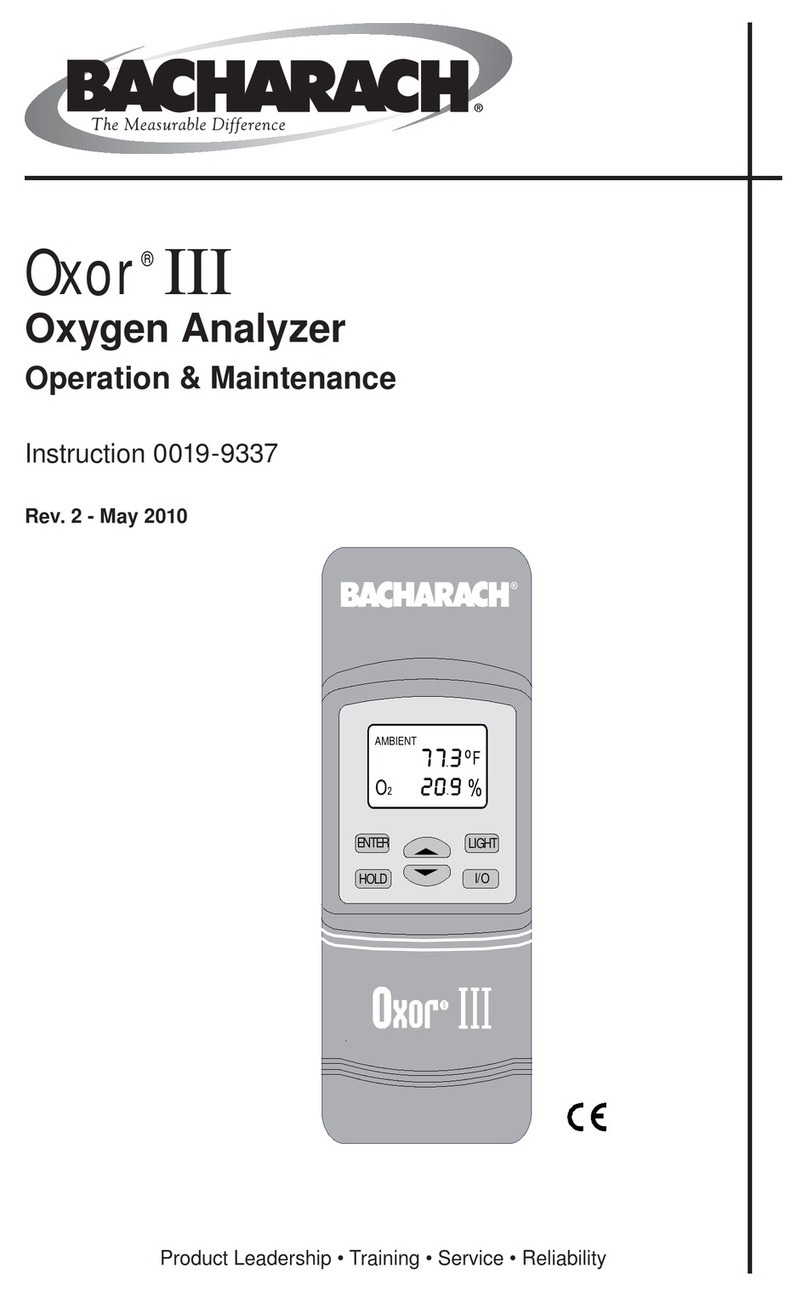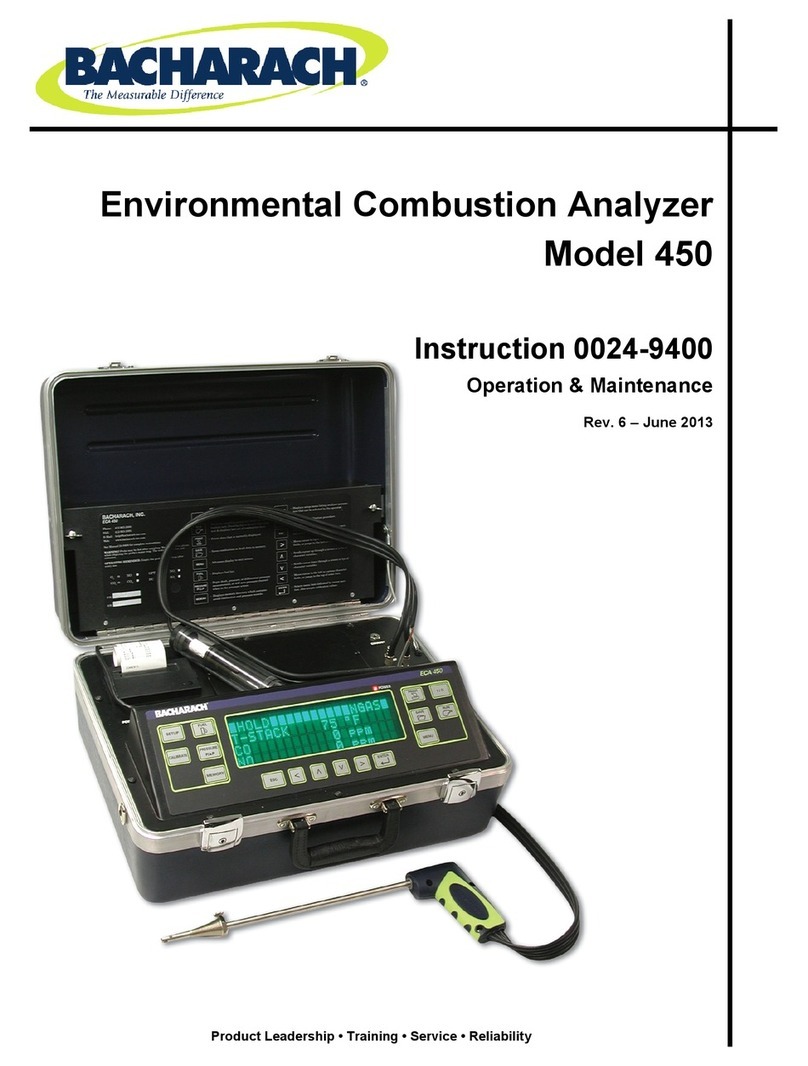TECHNOTE
EXPLANATION:
The Nickel-Cadmium battery (NiCad) can best be thought of as an energy
reservoir. Provided that it is properly filled with energy, it will-supply
that energy at a useful rate for many applications. However, underfilling or
overfilling the reservoir can cause serious problems, including the destruc-
tion of the system. It is the purpose of this bulletin to explain how NiCads
should be mafntained to insure that they will last for the hundreds and even
thousands of energy transfers for which they are designed.
Most of the NiCads used in portable instruments are designed to carry an
energy supply sufficient to power the instrument for about 6-8 hours. Because
of electrical and chemical losses, more energy must be put into the NiCads
than is drawn from them as they discharge while being used. Therefore,
it
normally takes from 12-16 hours of charging time to refill depleted NiCads
completely. If you use an instrument for 6-8 hours a day and then charge it
each night for 12-16 hours, you should obtain hundreds of cycles of NiCad use.
However, if you use an instrument for varying periods of time each day, or if
you use it only occasionally, then the charging requirements ,becomemore
complex.
Due to some peculiar characteristics of NiCads, the manner in &ich they.are
charged is crucial in .detertnining how well and how long they will function.
There are several things that can go wrong with NiCads, and it is important to
know what they are:
1. If NiCads are used when they are almost totally out of energy, they can
be destroyed. This happens because the internal ionic structure of one of the
NiCad cells reverses polarity. Consequently, do not continue to use an
instrument with NiCads when the battery monitoring system indicates low or
depleted batteries. The instrument should be turned off and recharged before
being used again.
2. If NiCads are overcharged, they can be destroyed. NiCads work by means
of an internal chemical-electrical process, involving interaction of gases and
metals. WhenNiCads are charged, gases are built up in the cells. If over-
charging occurs, the gas pressure in the cell can become too high, causing
' internal damage in the cell and the possibility of an explosion. None of
Bacharach's NiCad systems should be left in a. charging condition for more than
16 hours; and, in general, 12-14 hours of charging should be sufficient. Do
not leave an instrument charging for an entire weekend, as it will almost
certainly cause overcharging, a reduction of the NiCad life, and even a safety
hazard. Also, the charge time required
to
refill the NiCad reservoir is re-
lated to how
far
discharged the NiCad is. Thus, if you have a NiCad system
designed to power an instrument for eight hours, and you use it for only two
hours, you do not need to recharge it for a full 12-14 hour period. Instead,
3-4 hours of charging should be sufficient to return the unit to a full charge.
3. NiCads 'lose energy when not in use. NiCads have a shorter shelf life
than other kinds of batteries. They will lose 25% of their charge in one
month of non-use, 50% in three months, and 85% in five months. This means two
things: (1) you should apply a full charge to the NiCads supplied with a new
instrument before you use the instrument for the first time, and (2) if an
instrument remains idle for one month or more, it should be charged before
use.
*
9-2































